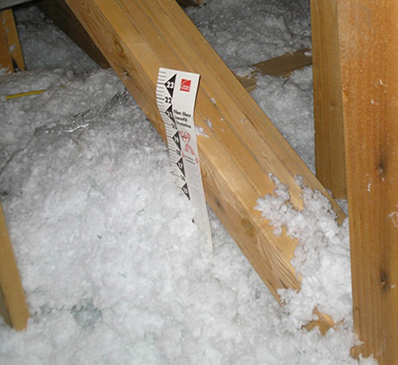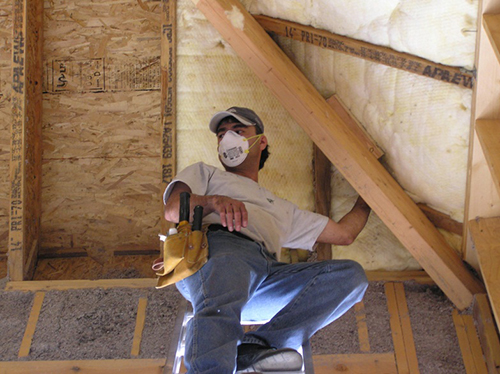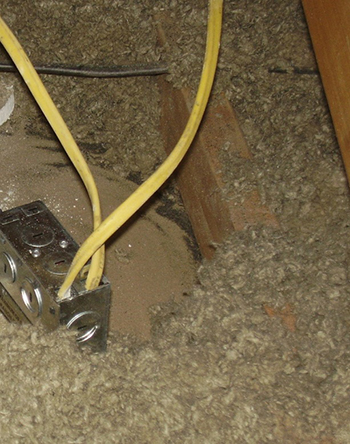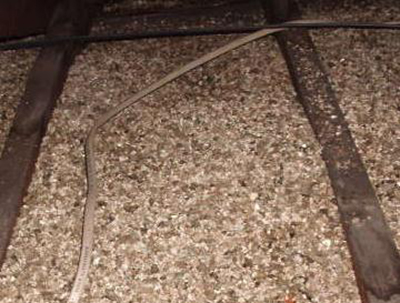The focus of this article is on blown in cellulose insulation, blow-in fiberglass and fiberglass batt insulation because these are the product we find in 99% of homes we inspect. In most cases, when our estimators inspect attics we are much more concerned about the quality of the material “installation” than the types of insulation materials in the attic. We know that the materials commonly used in existing homes can be undermined by poor installation. At Advantage Home Performance, we blow both cellulose and fiberglass insulation into attics and we think the research bears out that they are both good insulating materials.
- PHOENIX METRO (623) 939-3329
- TUCSON (520) 200-2958
- PRESCOTT (928) 445-3828
- PHOENIX METRO (623) 939-3329
- TUCSON (520) 200-2958
- PRESCOTT (928) 445-3828








